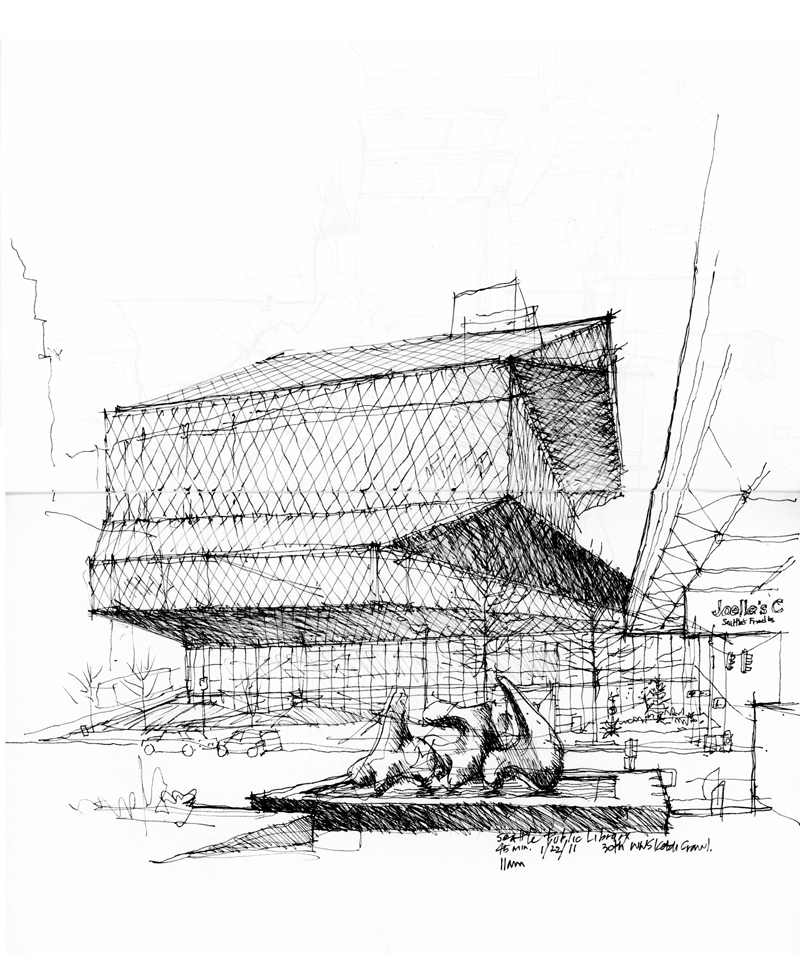
I remember a time when radios had an analog dial for tuning. To tune to a certain station, we had to turn a knob to align a moving hand with the desired frequency on a linear or circular dial. We had to rotate the knob back and forth and listen as the signal would get louder the closer we got to the desired station’s frequency, then get softer as we went past that point, and then back again to when the signal was loudest. The goal was to hone in gradually on that sweet spot where the signal was clearest and strongest.
Today, of course, with digital tuners, we simply have to scan and look at digital readouts. If a station has a frequency of 98.1, you merely dial that number in. Boom. Done.
I think of this comparison of analog dials and digital tuners as a way of contrasting the precision of digital vector graphics with the suggestive power of a hand drawing, which requires a tactile feel along with a lot of judgment about how what we draw matches up with what we actually see. if you look closely at the drawing of the Seattle Central Library above, you will see the multiple attempts I made to get the proportions of the Rem Koolhaas/OMA-designed building right. Each attempt was a turn of the virtual tuning knob until I reached the desired frequency.
